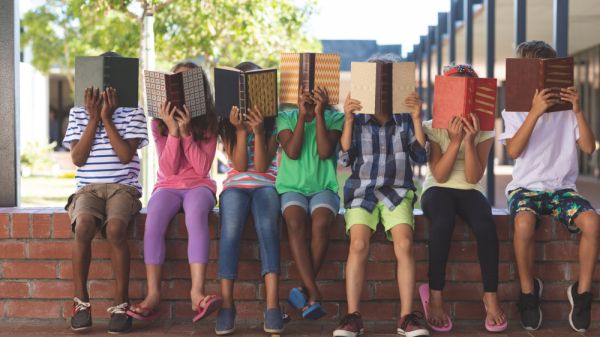There’s More to Our Lives: Reflecting on the Materials We Select to “Culturally Relevantize” Our Curricula

"I’m not sure where or when it began, but these days it seems that CRT has been reduced to incorporating a few texts and materials that feature people of color in the classroom. I’ve come across more educators than I would like to admit who proudly declare themselves as culturally relevant educators simply because they added a book or two which feature a Black protagonist to their syllabus."
Shamari Reid further shares questions that those who have the privilege of working with students of color should ask, when selecting course materials:
- Who are we designing our lessons for and what do we hope they get from engaging with the materials we select? How might these materials help our students arrive at our lesson objectives? And what are our lesson objectives?
- What are the consequences of having students read stories of people who look like them fall victim to police brutality?
- In an education system that privileges whiteness, Black students specifically and other students of color more broadly rarely have the chance to engage with stories about people who look like them. How might it affect their understanding of themselves if those stories only speak to their collective racial trauma?
- How does engaging with stories of trauma help students of color recognize their genius and their gifts?
- What are the stories we tell to and about students of color that invite them to understand that there’s more to their lives and histories than what has been done to them by white people?
- What might your decisions to include/exclude certain narratives reveal about your understanding of students of color?
- How does the material you’ve selected highlight the strengths, assets, and talents of people of color?
- What are the risks/dangers associated with the material you’ve selected?

